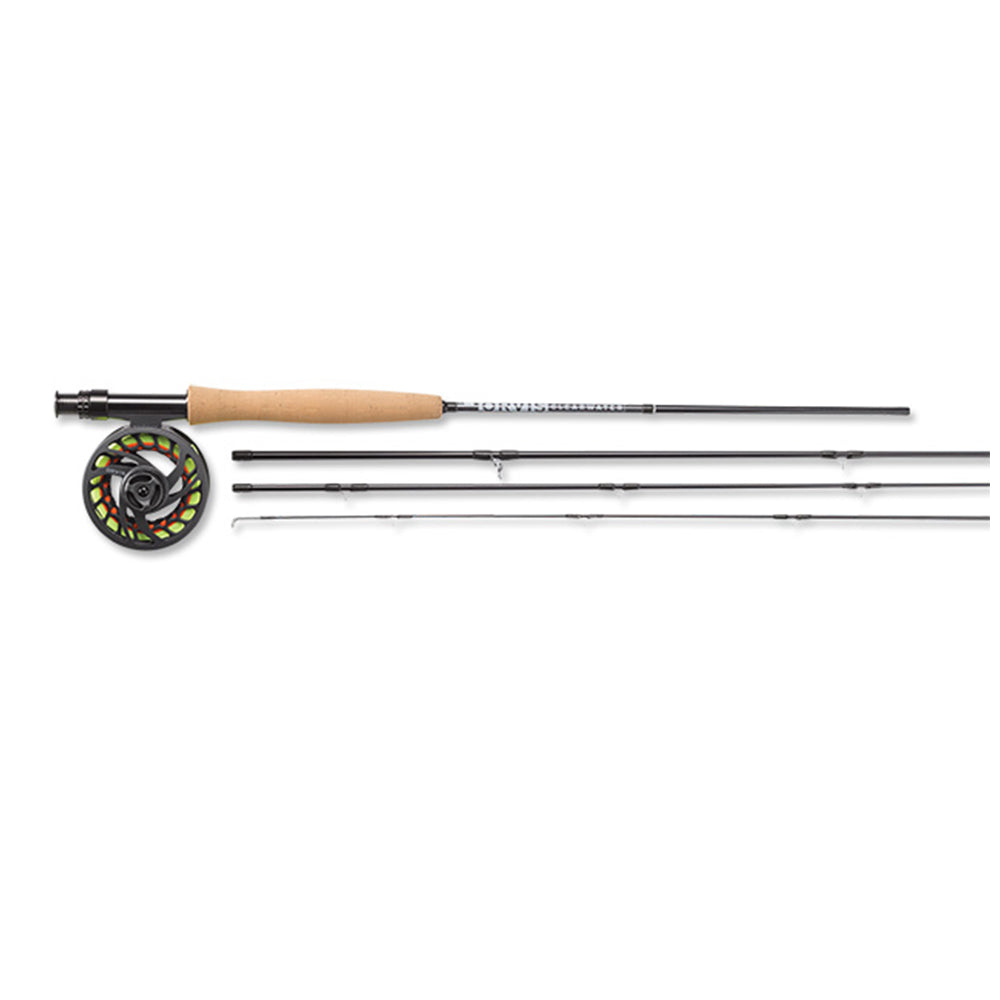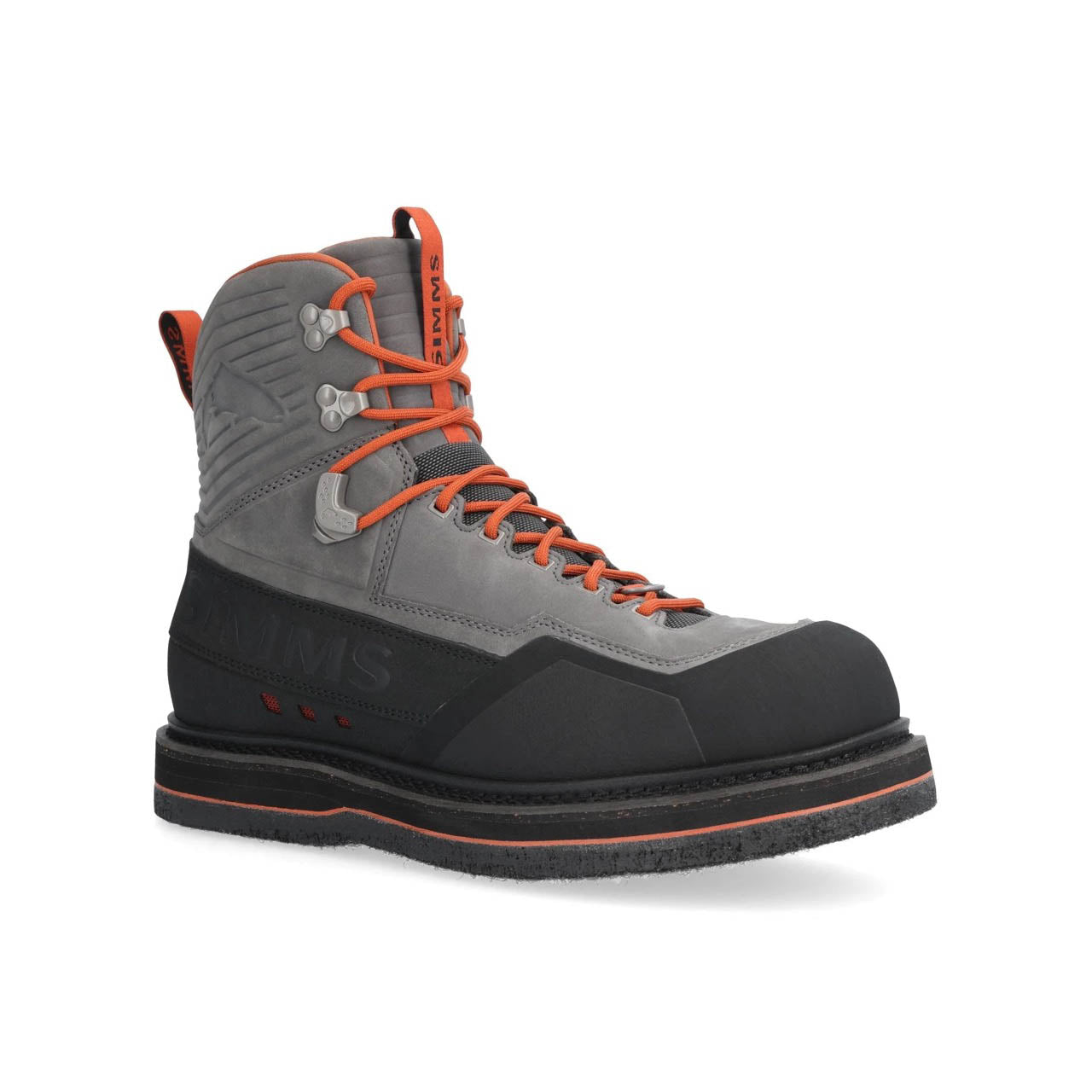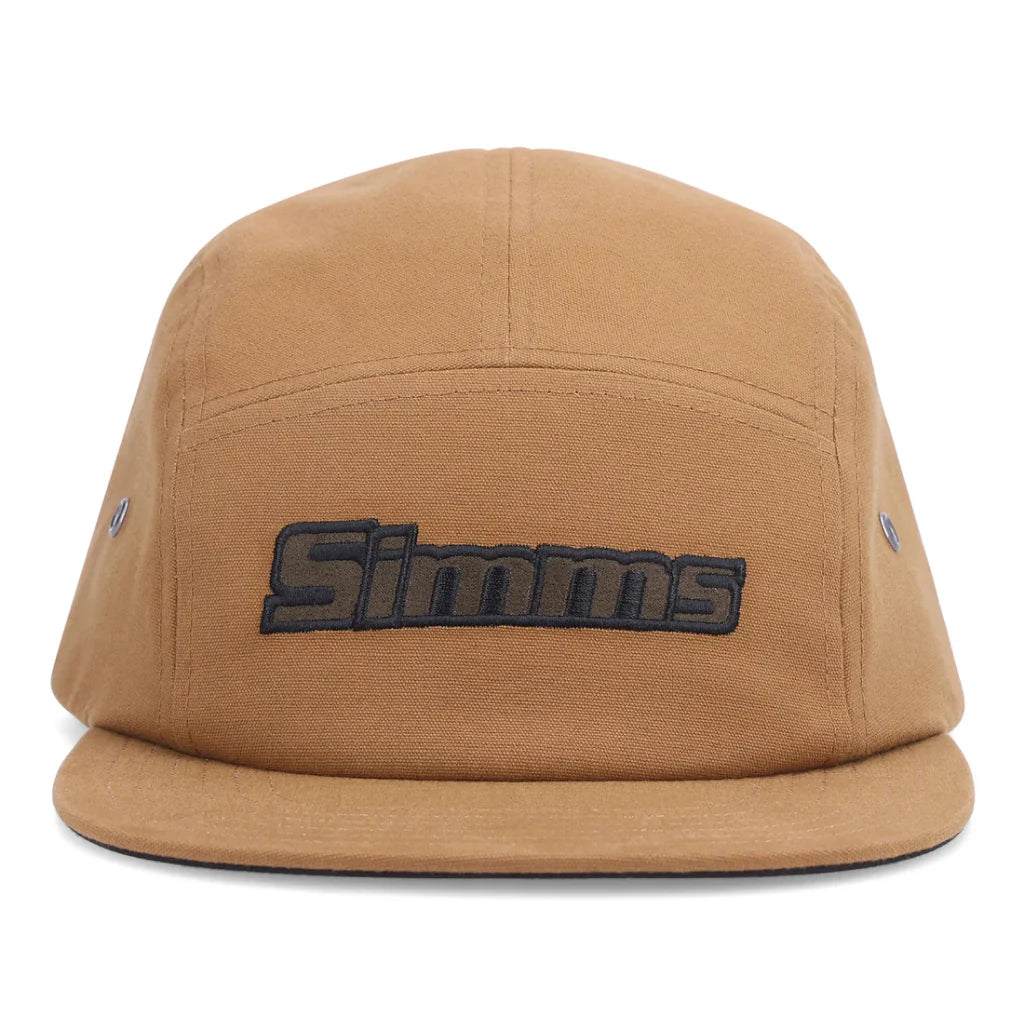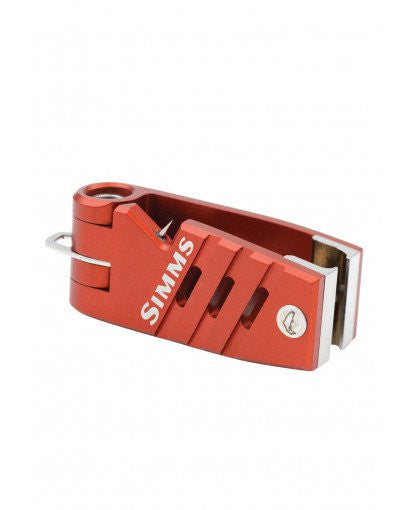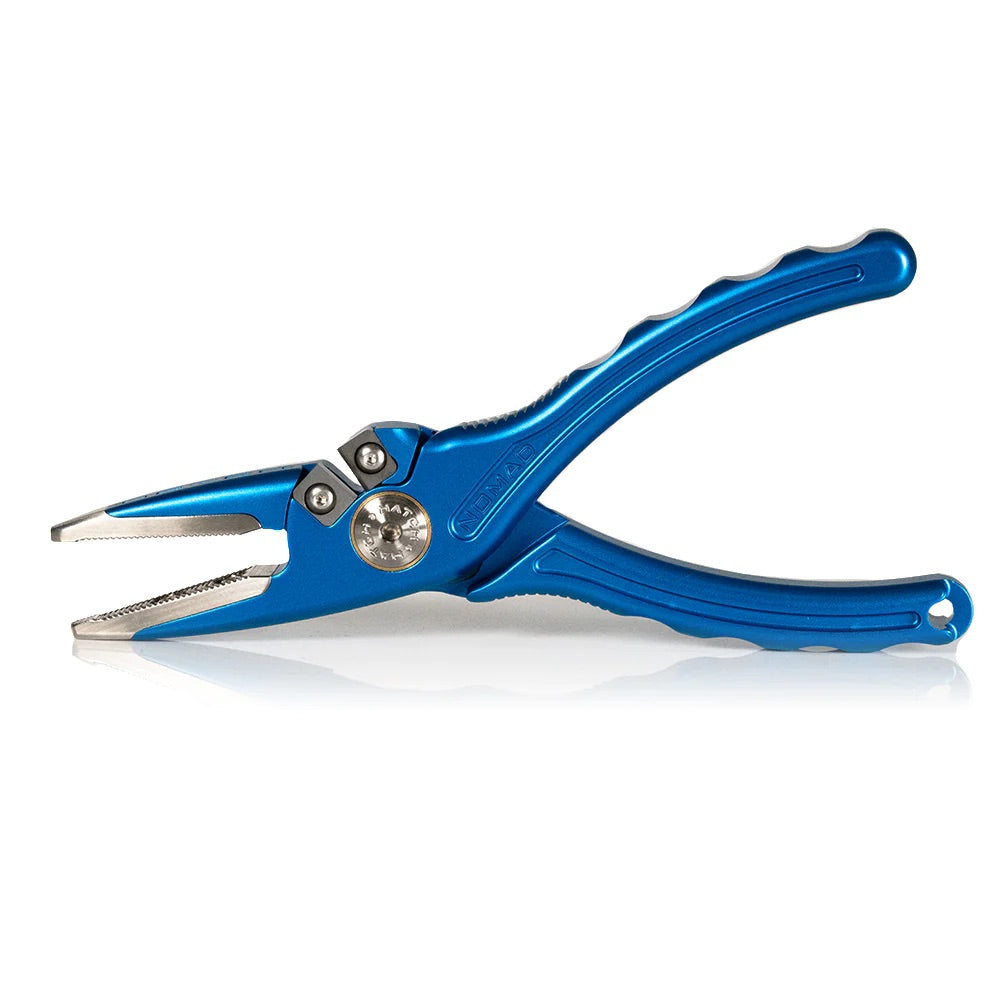
BH Caddis Poopah Tan
Description
This is a fly that has caught a lot fish in Northern California. This fly was originally designed and invented by Tim Fox, legendary Northern California fly tier. I first met Tim Fox when I was about 12 years old at the Redding Fly Shop. You could tell that this guys understood the language fish speak. This is one of my favorite Lower Sacramento flies.
Tan Caddis Poopah
The Story of the Tan Caddis Poopah
Because opportunistic fish are often at their most opportunistic just before and during the early stages of a hatch, it's extremely important to have a solid range of nymph imitations in your fly box.
The Tan Caddis Poopah is a great nymph pattern designed with simplicity and utility in mind. The fly is not complicated, a small strand of chenille is burned and secured to the shank, and the fly is topped with a small tuft of hackle to imitate wriggly prolegs. But, despite its lack of complexity, this fly is wickedly effective when hungry trout active pursue nymphs just as a hatch gets underway.
So, when steelhead and trout are radar-locked into the early rumblings of that next thick tan caddis hatch, toss a Tan Caddis Poopah nymph their way. It just may prove to be the difference between 1 big fish and 10 bigger fish on the bank!
When and Where to Fish the Tan Caddis Poopah
This caddis nymph can be fished as either an impressionistic fly pattern when searching for trout or as a realistic imitation when matching the hatch. There are literally thousands of highly localized species of caddis native to lakes, streams, and rivers across the globe. With so much variation it's often a best practice when fishing a caddis hatch to match color and size of the local species as closely as possible rather than worry about imitating a single specific species. This fly is highly effective in medium to high energy well-oxygenated water; riffles, runs, tailouts, and current seams are prime real estate for this fly. Tan colored caddis and sedges can be active throughout the year, and are prolific in the northeastern United States from late summer (August) through the fall (October).
How to Fish the Tan Caddis Poopah
Fish this fly low in the surface film on a dead drift. Before you make a cast, check underneath rocks and streamside debris for wriggling pupae, and match your offering to the size and color of these pending emergers. Use common swinging strategies and make sure to observe the depth at which the trout are feeding within the water column and match your dead drift presentation to that depth. Typically, early in a hatch, trout will feed on emergent caddis just above the riverbed. As the hatch wears on, however, these trout will often key in solely on the emergers and crippled emergers at or just below the water's surface. Swimming the fly at the end of the drift can also help to induce a strike from a feeding fish. In addition to a dead drifted presentation, swinging this pattern with a wet fly presentation through faster current seams and pools can be quite effective.
Summary
- A simple fly designed for effective trout and steelhead fly fishing, especially during the early stages of a caddis hatch
- Tan Caddis imitation in the emergent nymph life stage
- Use as either an impressionistic searching fly or as a realistic imitation when matching the hatch
- Check under rocks and streamside debris for tan caddis pupae and match size and color before offering a fly
- Fish on a dead drift low in the surface film
- This fly is also tremendously effective on the swing through faster water and deeper pools
- The most prolific hatches occur in eastern North America during late summer (July) and through the fall (October)
Tan Caddis
Caddisflies are relatively large aquatic insects that provide hungry trout with an excellent source of nutritional protein. There are literally thousands of species of caddis across the globe so it's often helpful to generalize caddis by their color and size; an angler would have to have a thousand fly boxes to match every local species of caddis.
Not surprisingly, there are many species of tan or "pumpkin" colored caddis available to trout. Most anglers will refer to an olive caddis as a "Northern Casemaker," a "Cinnamon Caddis," or an "Autumn Caddis," which are most of the time probably not wrong, but are just as often not right. Again, the important elements of caddis imitation are size and color, not species-specific foolery.
Caddis, unlike mayflies and stoneflies, undergo complete metamorphosis, experiencing larva, pupa, and adult stages within a typical life cycle, rather than just a single nymph stage. During the larval stage, caddis look like tiny, segmented worms. These wormy creatures are classified as either cased caddis larvae or free-living caddis larvae.
Ideally, caddis emerge from their pupal shuck as quickly as possible as they are extremely vulnerable when hanging in the surface film. Once the winged adult caddis has fully emerged, it continues to act with a keen sense of urgency, wasting no time to flitter from the water's surface and to the safety of nearby trees and stream-side vegetation.
Adult caddis live significantly longer winged lives than mayflies and will spend up to two or three full weeks away from the water. When they're finally ready to mate, males will gather near their home water to form a swarm. Females will join the swarm to have their eggs fertilized. Once the mating process has been successfully completed, females will deposit their eggs on the water's surface, propagating the species.
Tan Caddis Nymph Life Stage
Caddis are most vulnerable during their pupa and emergent stages, pupae, emerger, making these nymph, emerger, and cripple stages quite important to successful trout angling on a fly. Tan caddis, like most caddis types or species, emerge quite rapidly, spending as little time in this most vulnerable stage as possible. Therefore, it's extremely important to recognize when trout are focusing their selective feeding on these emergent nymphs - catching a hatch at just the right time can render a slow day a fantastic day in a hurry.
Pickup available at 540 Jackson St
Usually ready in 1 hour

BH Caddis Poopah Tan
12
540 Jackson St
540 Jackson St
San Francisco CA 94133
United States


Customer Reviews
We pride ourselves on stocking gear that gets the job done season after season. We're here to answer your questions, and our customers are here to share their experiences.



